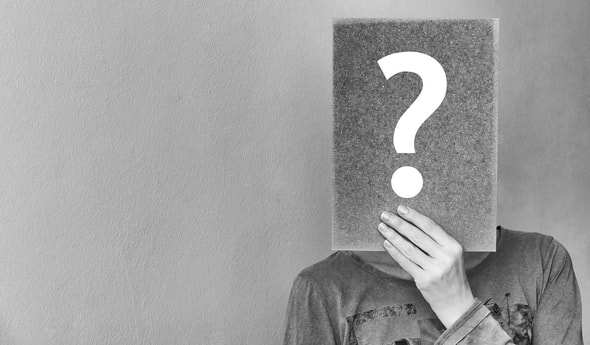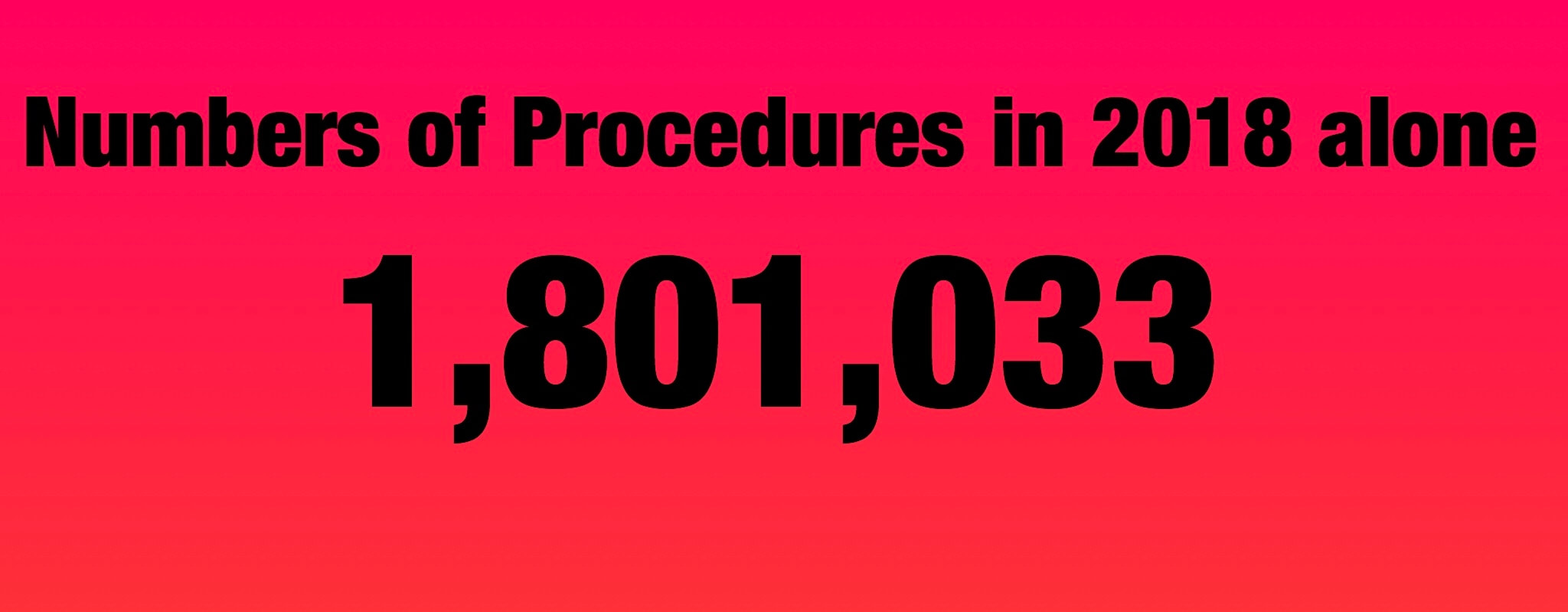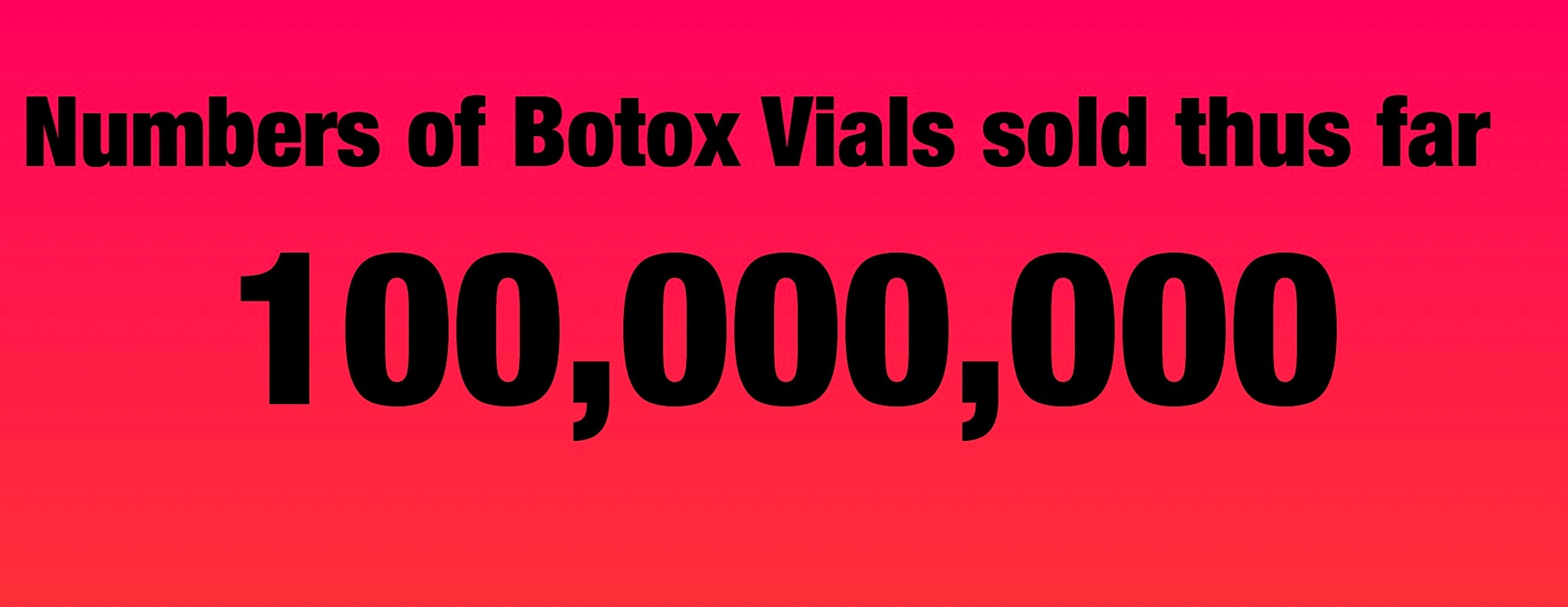All you need to know about the famous treatment that destroys wrinkles
Botox Treatment Injections
You've heard of Botox
You've seen it everywhere
Everyone and their mother has gotten it done
all . except . you
You are here to find out what the hype is all about
You've seen it everywhere
Everyone and their mother has gotten it done
all . except . you
You are here to find out what the hype is all about
- Is it safe?
- Is what they say about it true?
- Does it really work?
- How much does it cost?

To start off, give yourself a round of applause for being here and doing homework without being forced to do so. Rarely does anyone ever read before signing the dotted line anymore. It is important for clients to be fully informed on what Botox is before committing to a treatment.
What is Botox?
Botox Cosmetics is a popular, well known and the oldest brand of botulinum toxin (like Kleenex is for tissue paper) out there and it stems from a bacteria called Clostridium Botulinum. There are similar neurotoxins out there that also help to get rid of wrinkles such as Xeomin and Dysport. In very small and controlled amounts, it is carefully injected into muscles that cause wrinkles, temporarily decreasing tension of the muscles, therefore smoothing out the wrinkles.
To understand the science behind how Botox works, we have to understand how the wrinkles are formed in relations to our facial muscles. Over time and with repetitive facial movements, like frowning, squinting and smiling, our skin begins to develop lines that gets deeper and deeper.
The action of Botox lies at the site where it is injected. When the Botox is injected in the muscle, it inhibits the signal between the nerve endings and muscle fibers. Blocking this signal decreases or eliminates the contractions of the muscles.
No overactive muscle activities and no contractions means no deep wrinkles.
Botox Cosmetics is a popular, well known and the oldest brand of botulinum toxin (like Kleenex is for tissue paper) out there and it stems from a bacteria called Clostridium Botulinum. There are similar neurotoxins out there that also help to get rid of wrinkles such as Xeomin and Dysport. In very small and controlled amounts, it is carefully injected into muscles that cause wrinkles, temporarily decreasing tension of the muscles, therefore smoothing out the wrinkles.
To understand the science behind how Botox works, we have to understand how the wrinkles are formed in relations to our facial muscles. Over time and with repetitive facial movements, like frowning, squinting and smiling, our skin begins to develop lines that gets deeper and deeper.
The action of Botox lies at the site where it is injected. When the Botox is injected in the muscle, it inhibits the signal between the nerve endings and muscle fibers. Blocking this signal decreases or eliminates the contractions of the muscles.
No overactive muscle activities and no contractions means no deep wrinkles.

Long Track Record
(When I say long, I mean way back when "horse power" meant how many horses you had to pull your carriage.)
Even prior to the approval from the FDA for use of cosmetic purposes, Botox has been used safely years prior to that. Medscape is a great source to dive into if you want to get the specifics of the origin of this protein dating back to the 1800s.
December 1989 - Botox was FDA approved to treat medical condition such as strabismus, blepharospasm, and hemifacial spasm in patient's age younger than 12 years old
April 2002 - FDA approved Botox for cosmetic use to improve frown lines in between the eye brows
July 2004 - FDA approved Botox for treating severe underarm sweating
March 2013 - FDA approved Botox for treatment of crow's feet
2017 - FDA approved Botox for treatment of forehead lines
(When I say long, I mean way back when "horse power" meant how many horses you had to pull your carriage.)
Even prior to the approval from the FDA for use of cosmetic purposes, Botox has been used safely years prior to that. Medscape is a great source to dive into if you want to get the specifics of the origin of this protein dating back to the 1800s.
December 1989 - Botox was FDA approved to treat medical condition such as strabismus, blepharospasm, and hemifacial spasm in patient's age younger than 12 years old
April 2002 - FDA approved Botox for cosmetic use to improve frown lines in between the eye brows
July 2004 - FDA approved Botox for treating severe underarm sweating
March 2013 - FDA approved Botox for treatment of crow's feet
2017 - FDA approved Botox for treatment of forehead lines
What Areas Can Be Treated
- Frown lines
- Crow's feet (lateral sides of the eyes)
- Horizontal forehead lines
- Bunny lines (wrinkles that form when scrunching up the nose)
- Lip lines (smoker's line)
- Jaw line (masseter muscle)
- Armpits (excessive sweating)
The Hype
According to The American Society of Aesthetic Plastic Surgery, there were 1,801,033 botulinum toxin procedures done in 2018 of which 1,638,940 were women and 162,093 were men.
As for being the oldest brand in botulinum toxin, Botox cosmetic has sold over 100 million vials world wide to date.
(This will only mean more work for the bartenders as they will have to check more IDs when serving drinks.)
As for being the oldest brand in botulinum toxin, Botox cosmetic has sold over 100 million vials world wide to date.
(This will only mean more work for the bartenders as they will have to check more IDs when serving drinks.)

Myths vs Facts
"Well I heard...."
...It's DANGEROUS!
Actually, Botox is astoundingly safe to improve wrinkles when used appropriately.
It is probably safer than some of the vitamins you take over the counter which have not been inspected by the FDA.
Botox is FDA approved and has been used safely for cosmetic indications since 2002. Botox has also been approved to treat medical condition such as blepharospasm, strabismus, cranial nerve VII disorder since, cervical dystonia, migraines, and detrusor overactivity from neurologic conditions.
...you'll look worse after it wears off!
Completely false. Your face will return back to how it was, if anything, the wrinkles may be less deep as compared to before. Some clients have even said that when botox wears off, it inactively helped them to frown less which decreased the development of their wrinkles even further!
...it is addicting! Once you start, you can't stop!
If you are able to stop eating ice cream, you can stop getting botox. Botox has no addictive properties. Similar to the make up you wore today, if you liked how you look with it, you will likely want to wear it tomorrow, however you don't NEED to wear it.
...you will not be able to feel anything at the treated area!
Botox works at the nerve and muscle level to decrease movements. Botox is not an anesthetic. Some may be confused with the limitation to fully move certain treated areas (as the muscle is now relaxed) with numbing. If you are bitten by a mosquito there, I promise you will feel the full effect.
...you will be expressionless!
Stop listening to whoever is giving you this information. You will only be expressionless if you were expressionless before you got the Botox. When done right, the muscles responsible for the wrinkles will be relaxed just enough to fade out the lines and at the same time still be able to preserved all the expressions that makes you who you are.
...it is PAINFUL!
It would be inaccurate to say that you won't feel anything (although some clients do say that), but it is with great certainty to say that Botox injections are NOT painful. Imagine a flu shot needle being your pinky, the needle used (depending on the practice) for Botox injections is like a toothpick. Check out the video in this blog of clients who never had botox injections get injected with a needle used for botox injection and determine for yourself if it hurts or not.
What to Expect
Before going in for a visit
On the day of
-Discuss what you want to achieve with the treatment
-Discuss any questions or concerns you may have
-You may think about it and come back or if you feel comfortable enough, you can get it done the same day
After the Injection
-Exercise the treated muscle for the next hour to help increase the uptake of the Botox into the muscle
-Apply ice to the treated area to decrease swelling and potential bruising BUT avoid pressing on the area
-Avoid massaging or pressure to the treated areas (no hats, headbands, etc.)
-Avoid saunas, hot tubs, tanning, or any skin care treatment (microdermabrasion, chemical peels, etc.) for the next 24hrs
-Avoid extended UV exposure until the redness/swelling subsides (use sunscreen that is SPF 30 or higher)
-No laser treatments to the treated area for at least 2 weeks
You should start seeing results in 2 days and the maximum effect in week two.
Before going in for a visit
- Do your homework. Select a creditable injector with proper education, training, and certification.
- Make an appointment first. That way the provider knows that you are coming and will block out enough time for you (this is especially important if it is your first time).
- Stay away from these if you can: NSAIDs (such as aspirin, motrin, advil, naproxen etc.), fish oil.
- Lastly, BREATHE, and pat yourself on the back for stepping out of your comfort zone.
On the day of
- Wash your face with water and soap before leaving the house.
-It is best to arrive without any make up on, however if that is not an option, you can take it off at the office - Arrive at the appointment 5 minutes early to enjoy their free coffee.
- A medical personnel will go through your medical history to make sure that you are medically cleared to get Botox. Because this is a medical procedure, it is important to get a good medical history. There will be consent forms that you will have review and sign.
-Discuss what you want to achieve with the treatment
-Discuss any questions or concerns you may have
-You may think about it and come back or if you feel comfortable enough, you can get it done the same day
- Now get ready to be grumpy as you will be escorted to another room for before and after pictures.
- Your face will be cleansed again with alcohol wipes to make sure it is bacteria free before the injection.
- Lean back, listen to the background music, BREATHE and know that you are in good hands.
After the Injection
- Your wrinkles will still be there. Don't freak out. It takes at least 2-3 days for the botox to take effect.
- You may see very small tiny dots on your face; these are injection sites that usually fade shortly after.
- Some Do's:
-Exercise the treated muscle for the next hour to help increase the uptake of the Botox into the muscle
-Apply ice to the treated area to decrease swelling and potential bruising BUT avoid pressing on the area
- Some Don'ts:
-Avoid massaging or pressure to the treated areas (no hats, headbands, etc.)
-Avoid saunas, hot tubs, tanning, or any skin care treatment (microdermabrasion, chemical peels, etc.) for the next 24hrs
-Avoid extended UV exposure until the redness/swelling subsides (use sunscreen that is SPF 30 or higher)
-No laser treatments to the treated area for at least 2 weeks
You should start seeing results in 2 days and the maximum effect in week two.
How Long Does Botox Last

In a nutshell
Botox lasts 3-6 months (on average 3-4 months)
Outside a nutshell
Longevity of botox depends on the frequency of the treatment, the dilution, and your individual muscle mass and body's response. If you are on top of your treatment plan and get it done routinely, it is much more difficult for muscles and wrinkles to return to it’s original state (before you first had your Botox treatment). In turn, the botox will last longer over time, and you may even see a reduction in the dosing of the botox.
Depending on the dilution of the Botox, if the provider hyper dilutes the solution, the amount of botox given may not be as stated (eg. 1 unit may be 0.8 unit) and can result in under-dosing and results not lasting as long.
The factor that no one can change is how big or small each of our muscle mass is and how fast or slow our body breaks down the Botox protein. Bigger muscles will require a high dose and under-dosing can result in wrinkles coming back quicker than desired. Even with average muscle mass, we sometimes see clients stating that the lines are coming back as early as 2 months and as long as 5 months. Ruling out all the factors above, we conclude that these uncommon unpredictable variations of longevity is most likely due to one’s individual processing of botox.
Side Effects
No medicine is free of side effects
When used with proper assessment, techniques, and appropriate dosing in the hands of an experienced and creditable injector, Botox is extremely safe.
It's important to remember that when reviewing the side effects, although there's a list of side effects, not everyone will have those side effects. Some of the common side effects are also easily avoided with good technique and topical therapy.
Most common side effects:
- pain at site of injection
- mild pinpoint bruising at injection sites (rarely any larger)
- Redness and swelling at the site of injection (which usually resolves within a few hours)
- Flu-like symptoms
- Blepharoptosis (drooping of eyelids)
- eyebrow Ptosis (drooping of eyebrows)
- Double vision
- Headache
- Dry mouth
- Allergic reaction
Cost
Based Price vs Cost per unit
There are two popular ways you can be charged for Botox at Medical Offices and Medical Spas: by treatment areas and the amount of Botox used on certain areas.
With pricing based on the treated areas, you are guaranteed full treatment of the areas you want despite the amount of Botox needed. This is great because you will have a fixed price and will not have to worry about going over your budget with any surprise costs. Also, some places do touch ups for free.
With pricing based on the amount of Botox used, you are charged based on the amount of units needed for that specific area. This method is more patient specific because not everyone's facial make up is the same. Stronger muscle activities will need more units as opposed to areas with less muscle activity.
The cost of Botox varies from $10 to $15 dollars per unit based on location, experience (and relationship).
Ex: Treatment of Frown Lines - the average is about 20 units
Price by area of treatment: $460 and Price per unit: $200-300
"For my special occasion, I will wear this one-size-fits-all outfit"
Says no one
As we all know, anything that is one-size-fits-all never really truly fits. When inquiring about pricing, it is best to make an appointment with your provider for a free consultation. A thorough exam is necessary for an accurate recommendation on how much Botox will be needed to get optimal results.
Botox and Chocolate
They both are the best treats you give yourself.. They make you smile when you get it and keep you feeling good until the very end. Sadly, they both do not last forever.
You don't need chocolate. You don't need Botox.
Nonetheless, if a little bit of harmless pleasure brings a smile to your face, I say STOP counting calories and STOP holding back and give yourself a bit of happiness!
Live for your own happiness (in moderation of course).
|
Address
1370 Dorchester Ave, Suite 21A Dorchester, MA 02122 Hours of Operation Monday- 10am-6pm Tuesday - 10am -6pm Wednesday - 10am-6pm Thursday - 10am-6pm Friday - 10am-6pm Saturday - 10am -6pm Sunday - Closed Contact Us Phone: 617-763-1833 Email: [email protected] |
|


